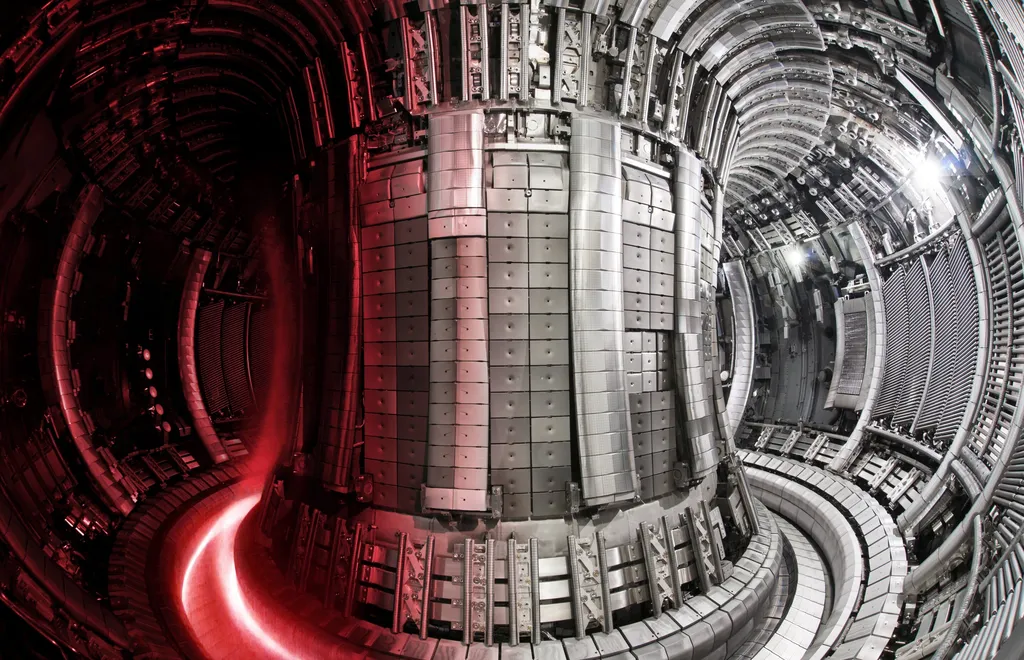In the quest for sustainable and efficient energy, nuclear fusion stands as a promising contender. Recent research published in the journal *Nuclear Fusion* and led by Dr. Francesco Stefanelli from the Max Planck Institute for Plasma Physics in Germany, sheds light on the intricate dynamics of plasma stability, a critical factor in the viability of fusion reactors. The study, titled “Non-ideal MHD analysis of pedestal scans of AUG and JET,” delves into the stabilizing and destabilizing mechanisms within the plasma’s edge region, known as the pedestal.
The research utilizes the extended MHD code CASTOR3D to analyze predictive pedestal scans of standard scenarios from the ASDEX Upgrade (AUG) and JET-ILW tokamaks. By comparing stability calculations that incorporate various physical effects—ideal MHD, resistive MHD, ideal MHD with gyroviscosity, and resistive MHD with gyroviscosity—the study highlights the nuanced interplay of these factors.
Dr. Stefanelli and his team found that resistivity, which is the plasma’s resistance to electrical current, tends to be destabilizing across a range of pedestal top pressure values. This destabilization is attributed to increased degrees of freedom of the perturbation, particularly near the separatrix, allowing the instability to mitigate the stabilizing effect of shear Alfvén waves.
Conversely, the inclusion of gyroviscosity—a viscous-like effect arising from the gyromotion of charged particles—in addition to ideal MHD, shows a strong stabilizing effect in both devices and across a wide density range. However, when both resistivity and gyroviscosity are considered together, a destabilizing trend with increasing plasma density is observed, consistent with experimental data.
“The combination of resistivity and gyroviscosity reveals a complex balance,” explains Dr. Stefanelli. “While gyroviscosity alone stabilizes the plasma, the introduction of resistivity complicates this picture, leading to a destabilizing effect at higher densities.”
The study also explores the destabilizing effects of an increasing relative shift between the density and temperature pedestals, as well as increasing separatrix density. These effects are attributed to a combination of increased instability drive due to resistivity and a reduction of gyroviscous stabilization at high density, particularly close to the separatrix.
The implications of this research are significant for the energy sector. Understanding and controlling plasma stability is crucial for the development of practical fusion reactors. By elucidating the roles of resistivity and gyroviscosity, this study provides valuable insights that could inform the design and operation of future fusion devices.
As Dr. Stefanelli notes, “Our findings contribute to the broader effort to optimize plasma conditions for stable and efficient fusion reactions. This knowledge is essential for advancing towards commercially viable fusion energy.”
The research published in *Nuclear Fusion*—the English translation of the journal’s original title—offers a deeper understanding of the complex physics governing plasma stability. This knowledge is a stepping stone towards harnessing the power of fusion, a clean and virtually limitless energy source. The study’s insights could shape future developments in the field, bringing us closer to a sustainable energy future.

